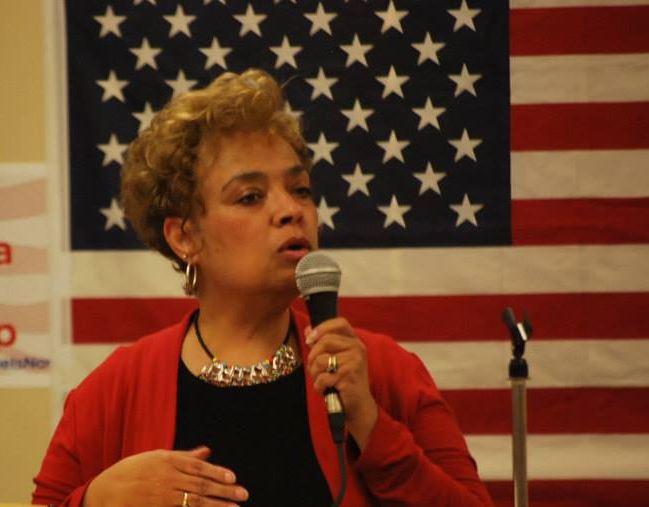Of all the major issues on the commission’s agenda, it appears the first big move will come in the form of term-limit expansion.
Currently, House and Senate members can serve up to eight years. After that,t hey’re not allowed to run again for the same office for at least one term. Some take jobs in the private sector, and some move to state agencies or local government positions. Others run for office in the opposite chamber. So a House member could run for Senate and vice-versa.
Ohio first implemented term limits in 1992 after voters approved a ballot measure. Since then, more and more policymakers have opposed them — claiming it forces knowledgeable veterans out of office and cycles in less-experienced leaders.
Political experience vs. fresh perspectives
 “You want individuals to have expertise,” says Democratic state Sen. Charleta Tavares of Columbus, “to develop the skills and talents, to develop the relationships to get things done.” “You want individuals to have expertise,” says Democratic state Sen. Charleta Tavares of Columbus, “to develop the skills and talents, to develop the relationships to get things done.”
Tavares sits on the committee that’s working on the issue. She says voters should have the power to decide on Election Day if and when a leader should leave office.
“We need people to pay attention to what each legislator is doing hold us accountable and each election make the decision: should this person be reelected or not?”
But it’s not that simple, according to Nick Tomboulides, executive director of U.S. Term Limits. He maintains that term limits give voters more power, especially for those who live in districts that overwhelmingly vote for one party or have strong special interest ties. That, he says, makes incumbents “electorally invincible.” And Tomboulides insists bringing new faces to the Statehouse can be an advantage.
“I would say that political experience is not the only type of valid experience. And, in fact, legislators who have been in office for 30, 40 years often lose sight of that indispensable real-life experience.”
Keep limits but stretch the terms
Leaders from both parties have called for an expansion in term limits. Republican House Speaker Bill Batchelder has said changing the limits was at the top of his agenda before he leaves office at the end of the year. Batchelder, Ohio’s second- longest-serving legislator, is leaving the House for the second time because of term limits.
Paula Brooks is a Democratic county commissioner in Franklin County who also sits on the committee. She says term limits not only impact veteran leadership but also weaken the Legislature as a whole.
“You kind of empower an imbalance of those three” branches of government, she says. Shorter term limits give the executive branch more power than the legislative side.
And the committee’s chairman Fred Mills, a well-known Columbus attorney, says the consensus seems to lean towards expanding term limits from eight years to 12.
“It takes away a very big option from the voter. You’re allowed to vote for anyone who wants to run except for these people who are the ones that already have the experience.”
Voters don’t seem as concerned as term-limited lawmakers do
But Tomboulides argues that the Ohio voters don’t want this change, noting a recent poll from the University of Akron shows that 70 percent of those polled believe the limit should remain at eight years.
“It shouldn’t be politicians originating these ideas. The people should ask for something and then the politicians should execute their wishes in government. But it’s not right for the politicians to push this when people haven’t asked for it and in fact have actively oppose it.”
However, the Buckeye Akron Poll also showed that more than half of voters surveyed said they’d be OK with a 12-year term limit.
The journey towards changing term limits is long. First the commission must approve a recommendation by a two-thirds majority. Then a resolution would have to be approved by three-fifths of the General Assembly – and only then would it go to the ballot.
The earliest voters could see a proposal on the ballot would be in the May primaries.
Up next:
A proposed plan to change to the way lawmakers' districts are drawn. |
|